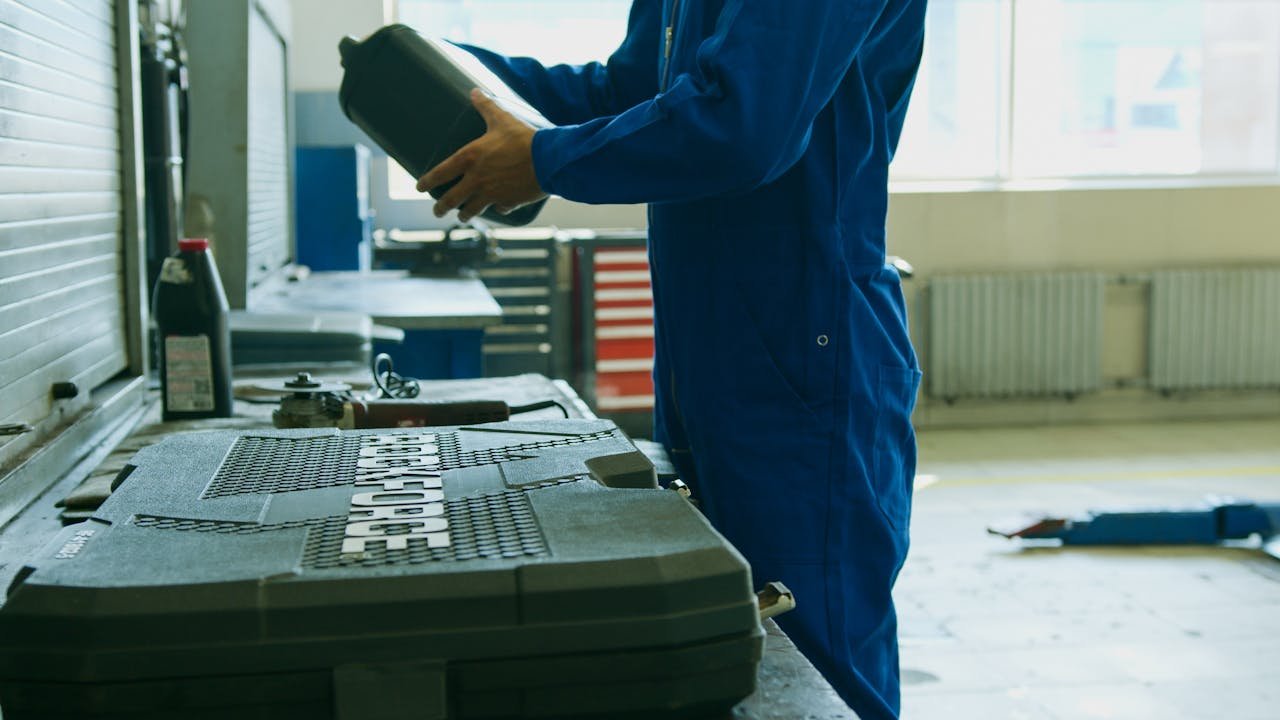Sustainability fuels the automotive world these days, and packaging steals the spotlight in this transformation. Companies grapple with mounting calls to trim waste, shrink carbon emissions, and satisfy eco-savvy customers. Old-school packaging—bulky plastics and stuff that can’t be recycled—just doesn’t fly anymore. This essay dives into five sustainable solutions revolutionizing how the industry manages parts, from factory floors to final deliveries. These approaches blend smart practicality with a deep nod to the planet, paving the way for a cleaner tomorrow.
Reusable Packaging Systems
Reusable packaging storms in as the heavyweight champ for cutting waste. Manufacturers craft tough crates, totes, and pallets built to endure trip after trip without crumbling. These setups ditch weak, one-and-done cardboard or foam, swapping them for rugged players like reinforced plastic or metal. A supplier loads parts into a crate, ships it off, the receiver sends it back, and the whole dance starts again straightforward and slick. Companies save cash over time with fewer replacements, while the planet breathes easier with less landfill junk. Custom designs even fit specific parts, boosting efficiency. Durability meets smarts here, proving green can also mean lean.
Cost savings stack up over time with this approach. Initial investments might sting, but reusable setups trim the need for constant replacements plus, fewer discarded boxes clogging landfills mean a lighter environmental load. Companies like Toyota already lean into this, proving it works across massive supply chains. It’s a win for budgets and the planet alike.
Biodegradable Materials
Biodegradable packaging steps up as another heavy hitter. Think plant-based plastics, cornstarch foam, or even mushroom-grown cushioning—these materials break down naturally instead of lingering for centuries. They protect delicate auto parts like sensors or glass during transit, then vanish without a trace when composted. Switching to these options demands some creativity. Suppliers tweak production to ensure strength matches traditional materials and disposal requires composting setups rather than standard trash bins. The payoff? Lower waste and a shiny badge of eco-friendliness that customers notice. Brands embracing this signal they care about more than just profits.
Recycled Content Packaging
Recycled materials breathe new life into old resources. Packaging made from recycled plastics, cardboard, or metals cuts the demand for virgin raw materials. Manufacturers mold these into trays, boxes, or wraps that cradle everything from engine components to tiny bolts. It’s a circular approach—take what’s used, remake it, and keep it rolling. The beauty lies in its scalability. Big players and small shops alike tap into recycled streams, often through automotive packaging solutions tailored to specific needs. Sourcing might take extra coordination, but the reduced environmental strain and steady supply make it worthwhile. This method proves sustainability doesn’t mean starting from scratch.
Lightweight Designs
Lightweight packaging trims excess without skimping on protection. Engineers rethink designs, swapping heavy fillers for sleek, minimalist structures. Honeycomb cardboard, for instance, cradles parts with less bulk than solid foam, while thin but tough films shield surfaces. Less weight means lower shipping fuel, slashing emissions along the way. Adopting this takes finesse. Teams test rigorously to ensure fragile goods survive rough roads, balancing durability with efficiency. The result? A leaner operation that moves fast and burns less energy. It’s a practical fix that aligns with sustainability goals, proving small changes spark big impacts across the industry.
Modular Packaging Configurations
Modular packaging brings flexibility to the table. These systems feature adjustable inserts, stackable units, or collapsible frames that fit various part sizes. A single design morphs to hold headlights today and brake pads tomorrow—no need for a dozen custom boxes. This adaptability slashes material waste and streamlines inventory. Implementation requires upfront planning. Designers craft versatile templates, and workers train to tweak setups on the fly. The effort pays off with fewer discarded packages and smoother logistics. It’s a smart play for an industry juggling countless components, keeping operations nimble while cutting environmental drag.
Conclusion
Sustainable packaging solutions reshape the automotive industry with purpose and precision. Reusable systems, biodegradable materials, recycled content, lightweight designs, and modular configurations each tackle waste and efficiency in unique ways. Together, they pave a path toward greener practices that don’t sacrifice performance.
Refresh Date: August 21, 2025



